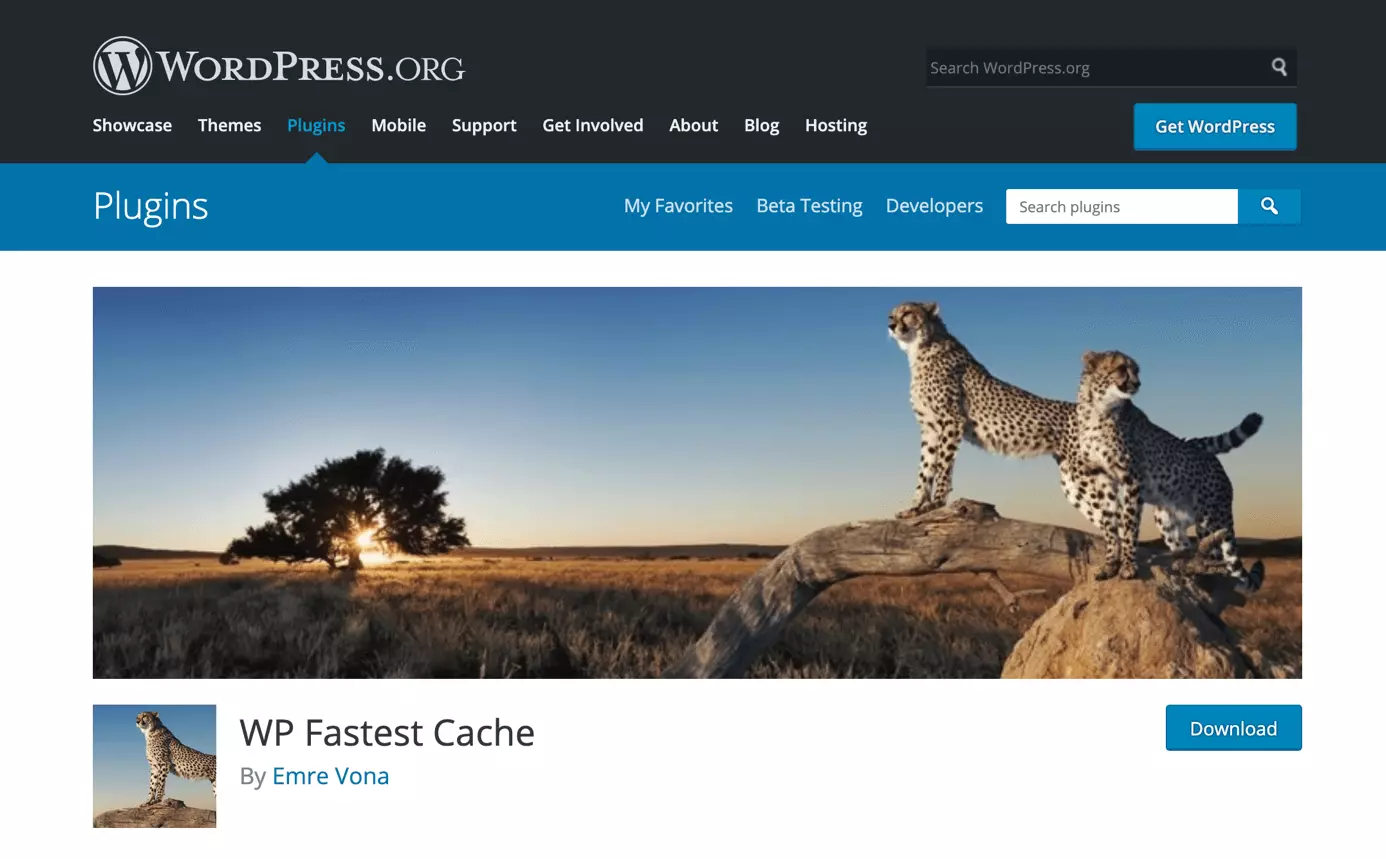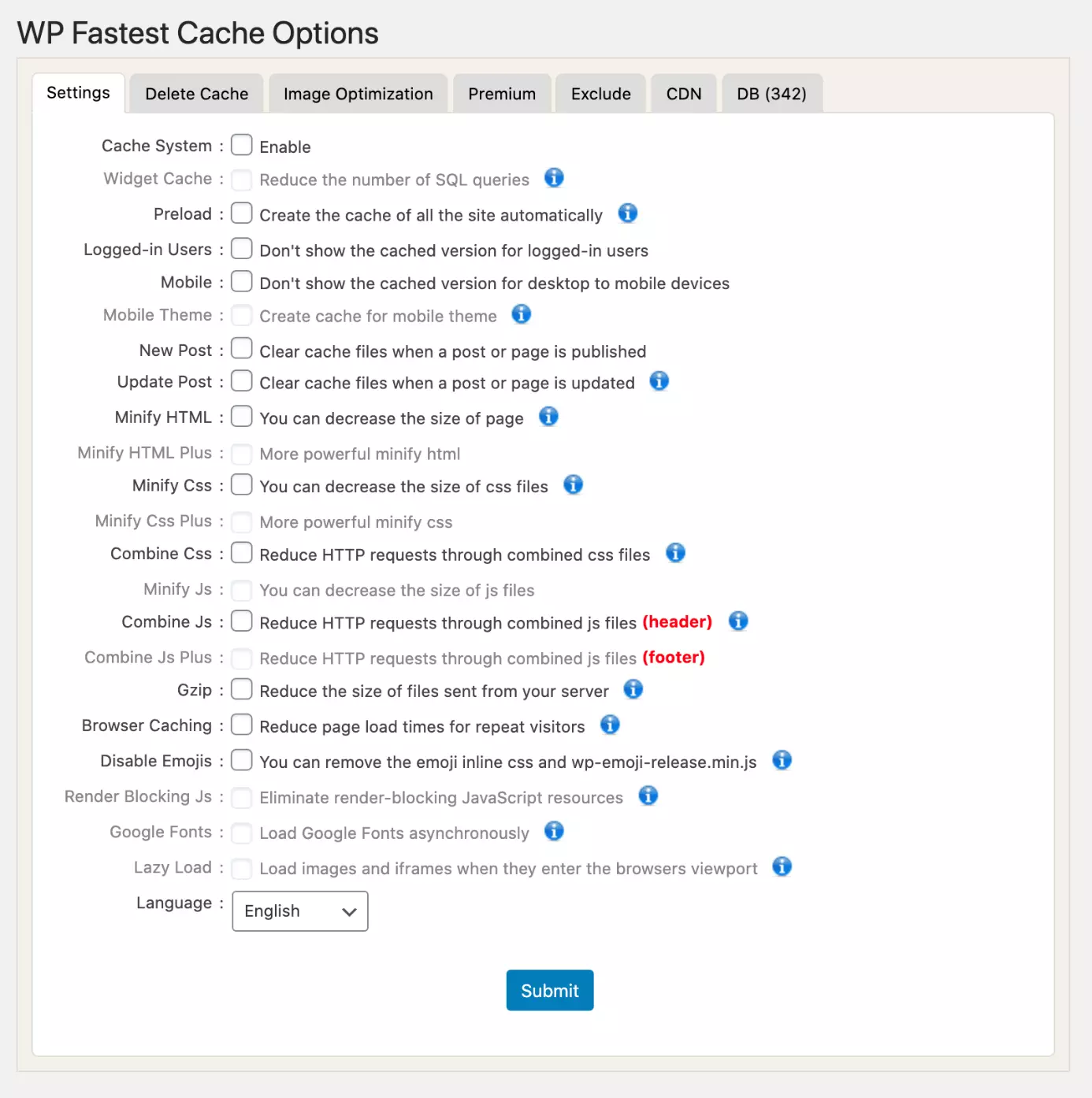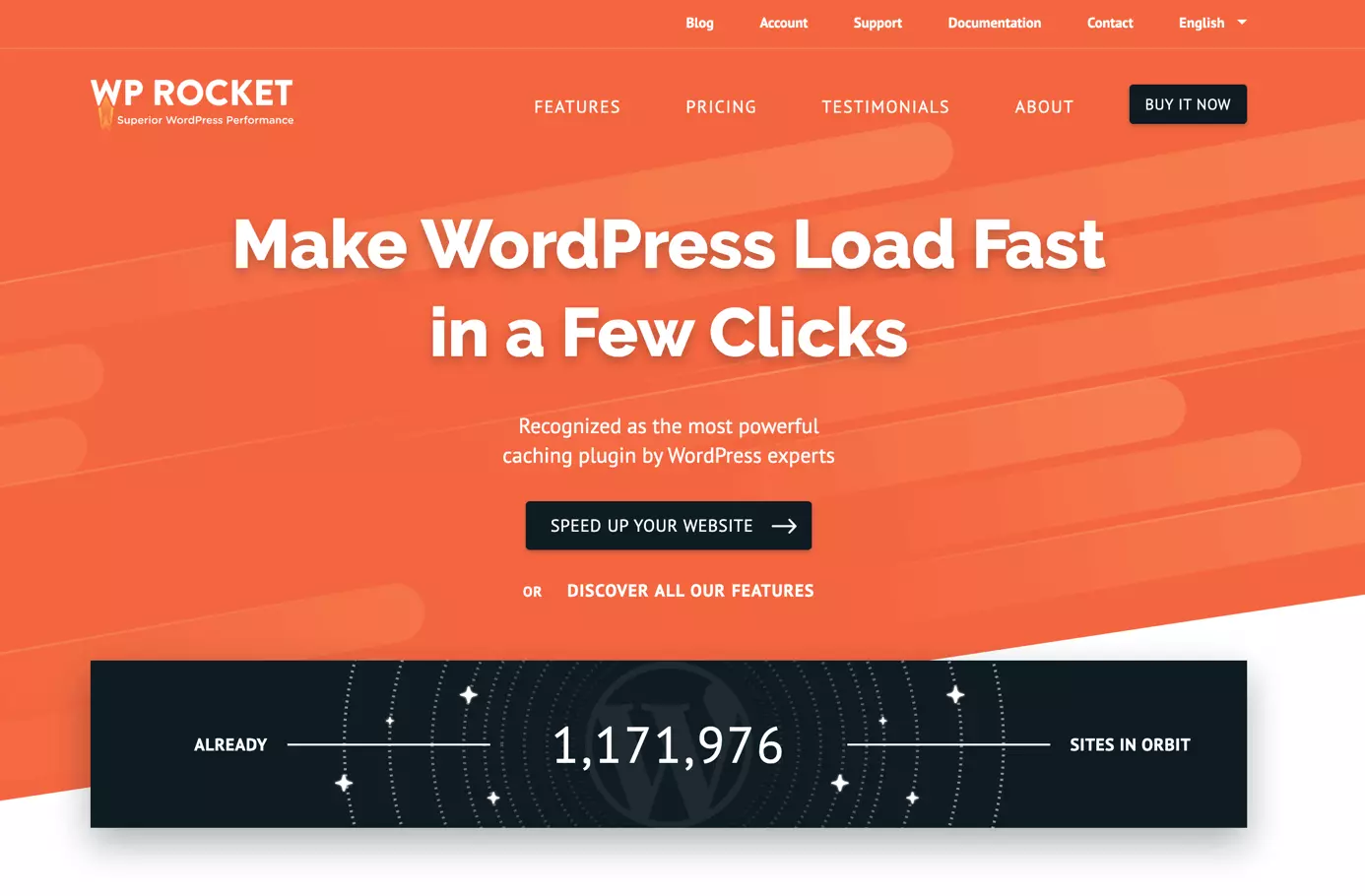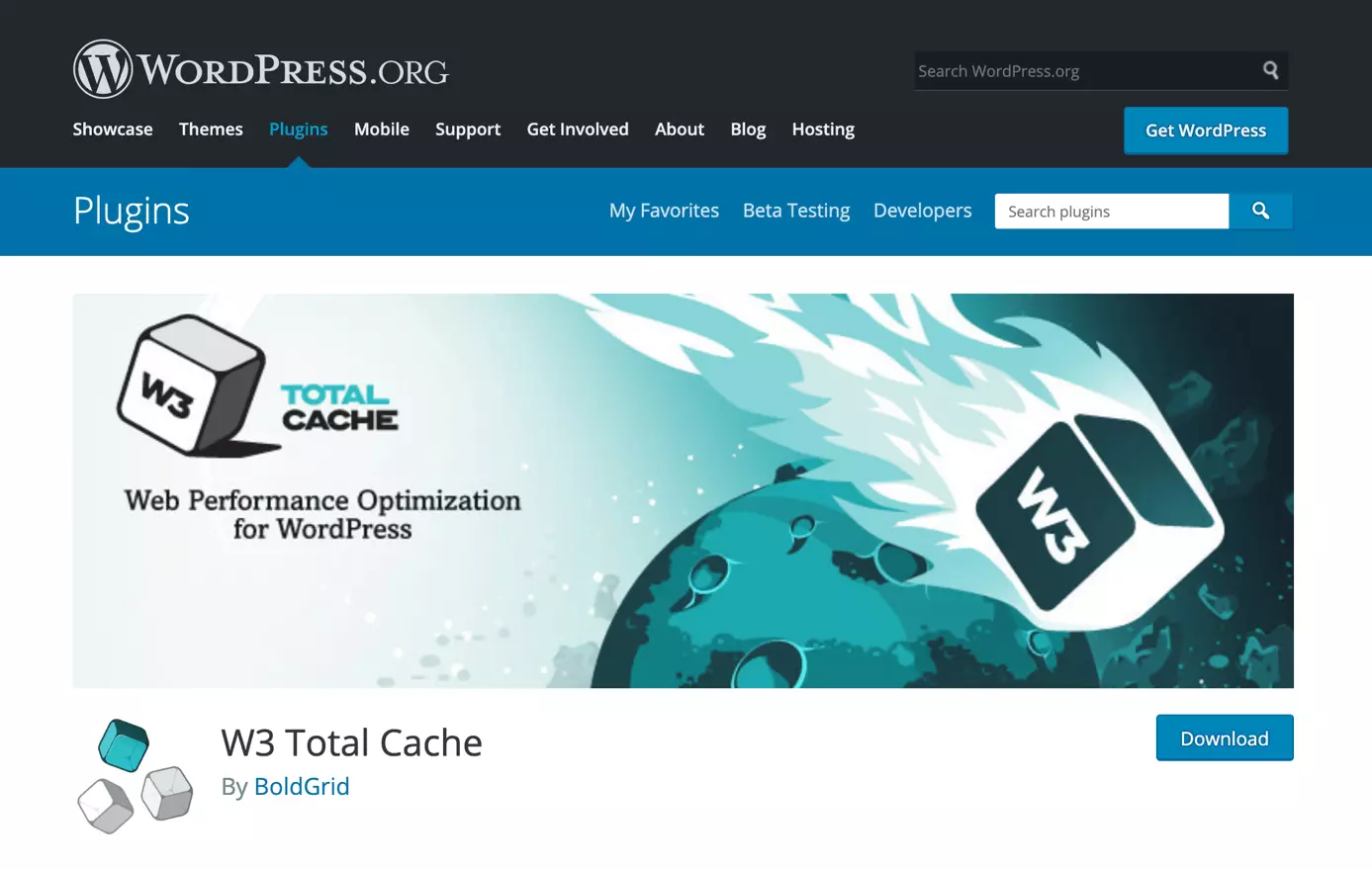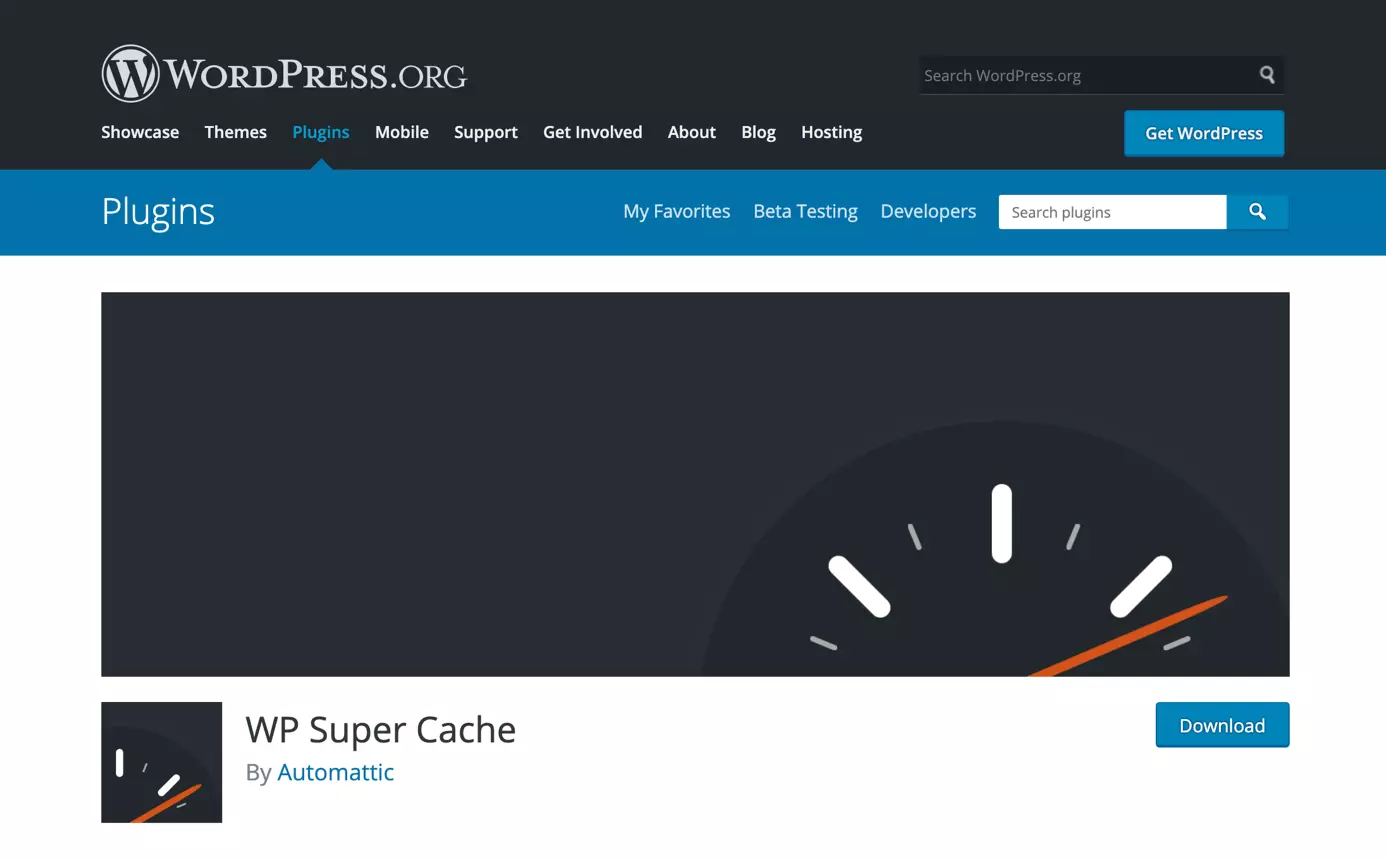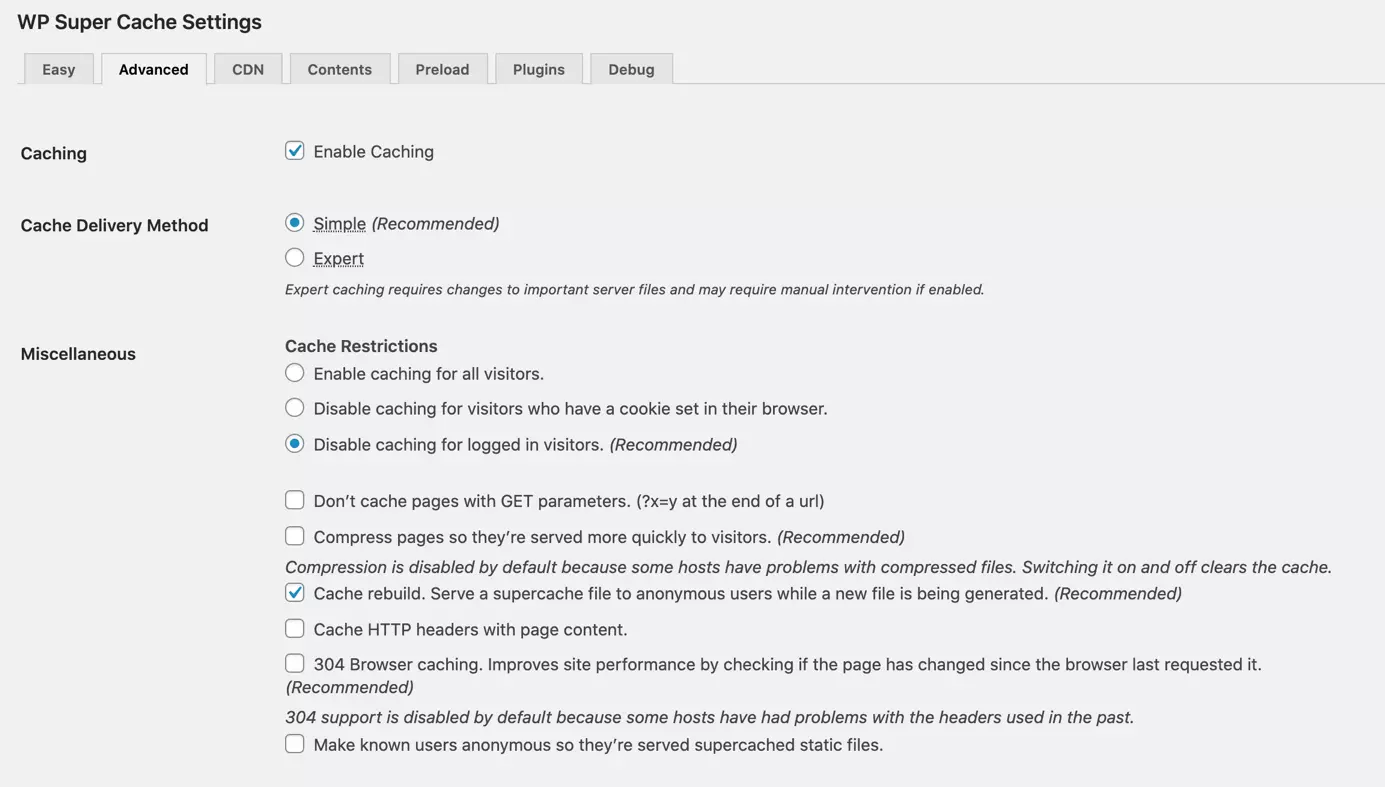The best WordPress caching plugins compared
Is your website operating very slow? Or is its performance just not enough for you? For many visitors, a slow website is a dominant reason to hit the back key. In the worst case, this can cost you potential customers. Optimising your homepage is also important for search engine rankings, as Google and co. reward fast-loading websites with a better positions in search results. WordPress caching plug-ins can help you optimise the performance of your WordPress site.
But what actually is a cache?
What is a cache?
Whenever a user visits your website, their browser sends a request to the server in order to call all required data from the page. The server works on this request using its database and sends all necessary data and files to the browser. For large websites with a lot of – or particularly big – CSS files, images, or JavaScript files, this request can take quite some time.
In order to reduce this time, the server uses what is known as the cache. Instead of loading dynamic objects from scratch each time and calling them from the database, a static version of the site is stored in the cache. The user, therefore, receives a finished website, which may not be the most recent version but loads significantly faster. This is exactly what a WordPress caching plug-in can help you with.
IONOS WordPress hosting uses SSD technology to save installations and related databases. This can give your website a 50% faster response time.
What do you need a WordPress caching plug-in for?
Caching generally has a lot of advantages and is always useful to have. Depending on your hosting solution, the service provider might already handle caching at the server level, meaning you have nothing to worry about. This is especially helpful if you have no technical knowledge on the subject.
If you have a shared hosting solution or you host your own WordPress website on your own server, a WordPress caching plug-in is a sensible idea.
Advantages of WordPress caching plug-ins
- Faster loading time: Since you save data and other objects in the cache, the browser can load your website more quickly.
- Better user experience: A fast-loading website is more inviting for users and will reduce the quit rate.
- Less server resources: WordPress caching plug-ins relieve the server, as it has to handle fewer requests.
- Better search engine optimisation: Thanks to the quicker loading time and better user experience, your website will be ranked more highly by search engines.
- Lower “time to first byte” (TTFB): TTFB is a measurement of the responsiveness of a server. This is the time the server needs to be able to send the first byte of data to the browser. You can reduce this time by using a WordPress caching plug-in.
Disadvantages of WordPress caching plug-ins
Depending on the things you want to display on your website and how often you change your content, WordPress caching plug-ins can have the following disadvantages:
- Basic knowledge requirements: Unlike caching at the server level, WordPress caching plug-ins require basic knowledge for you to be able to optimise the plug-in for your own website and make sure that everything displays correctly in the end.
- Constantly changing information: If, for example, you show the number of active readers on your site, a browser using caching techniques will always show the older, saved version. The latest data will only be shown once the cache has been cleared.
- Old prices on affiliated websites: Affiliated websites show the prices of products in other online stores. If these stores change their prices, the browser will only show these new prices once the cache has been cleared. To avoid outdated prices being shown on your website, it is recommended that you set it up so that affiliated websites are automatically deleted from your cache after one to two hours.
When you make any changes or updates to your website, you should immediately clear your WordPress cache. The browser will then directly show the page’s new content.
WordPress caching plug-ins: the most important features
WordPress caching plug-ins offer a range of different features to help improve the loading times of your website. The most important features to speed up your WordPress website are as follows:
- Combining files: Websites often use various CSS and JS files. Each file needs its own request. In order to reduce the number of requests, the plug-in bundles individual CSS and JS files into one bulk file.
- Browser caching: When a user visits a site, the plug-in creates copies of the various resources. If the user visits the same site again, these resources are taken directly from the cache.
- GZip compression: WordPress caching plug-ins can use Gzip to reduce the size of HTML, CSS and JS files.
- CDN (Content Delivery Network): Data can be sent more quickly over a CDN.
- Image optimisation: Large images or a lot of images often slow the loading times of a website. Optimised image sizes noticeably improve performance.
The best WordPress caching plug-ins
WordPress offers a wide choice of WordPress caching plug-ins. We dug out the best ones to compare for you. All of them have extensive settings. We recommend you test two or three different plug-ins, checking your speed using Pingdom. This way, you can find out which plug-in works best for your website, server, and requirements.
WP Fastest Cache
WP Fastest Cache has over a million active installations, making it one of the most popular WordPress caching plug-ins. It is very easy to use and comes with a whole host of different settings that you can turn on and off using checkboxes.
WP Fastest Cache offers both a free and premium version. The premium version comes with more tools to help speed up your WordPress site. For most users, though, the free features are enough.
Pros and cons of WP Fastest Cache
| Pros | Cons |
|---|---|
| Minimises CSS and HTML | Not suitable for multiple sites |
| JS and CSS files can be combined | Combined and minimised JS files in the footer with the premium version |
| SSL & CDN support | Image optimisation with the premium version |
| GZip compression | Database optimisation with the premium version |
| Desktop cache | |
| Browser caching | |
| You can exclude certain sites, cookies, CSS files, JS files and users from the cache | |
| Option to automatically delete the cache if you publish or update a post or page |
WP Rocket
WP Rocket is a comprehensive premium plug-in that provides all the features you need for a faster online presence. The developers do not offer a free version of this plug-in, but the paid version comes with a 14-day money-back guarantee. The price is between £30 and £145, depending on how many websites you want to use the plug-in for.
WP Rocket is a particularly good WordPress caching plug-in for beginners, as its user-friendly interface and quick installation make it very simple to use.
Pros and cons of the premium WordPress caching plug-in WP Rocket
| Pros | Cons |
|---|---|
| Minimises CSS and HTML | No free version available |
| JS and CSS files can be combined | |
| Delayed loading of JS files | |
| CDN support | |
| GZip compression | |
| Desktop cache | |
| Browser caching | |
| Database optimisation | |
| Unique optimisation of Google Fonts |
W3 Total Cache
W3 Total Cache is completely free. There is no premium or paid version to unlock any features. All important features are already available in the base version. The extensive range of features makes this WordPress caching plug-in a little more complicated to use for beginners. If you already have a little knowledge, this is a good choice to get access to a bunch of fine-tuning possibilities absolutely free.
Pros and cons of W3 Total Cache
| Pros | Cons |
|---|---|
| Minimises CSS and HTML | No database optimisation |
| JS and CSS files can be combined | No lazy load option |
| GZip compression | |
| Desktop cache | |
| Browser caching | |
| CDN support | |
| Compatible with multiple websites | |
| Support for mobile devices |
WP Super Cache
WP Super Cache, however, is easier to use than W3 Total Cache. The caching modes are particularly helpful. Beginners can use the simple mode to get effective caching without taking risks. If you want more in‑depth options, there’s also an expert mode that lets you use more precise settings. However, you need to have enough technical expertise to be able to use this mode safely, as it affects important server files.
The WP Super Cache plug-in was developed by the same company that developed WordPress. WordPress users therefore think of it as the official WordPress caching plug-in. The biggest advantage of this plug-in is that it sets up static HTML pages. This allows the browser to display the site significantly faster than when reading data from a database.
Pros and cons of the WordPress caching plug-in WP Super Cache
| Pros | Cons |
|---|---|
| Three modes for quicker installation | No Google Fonts optimisation |
| Sets up static HTML sites | No lazy load option |
| GZip compression | No option to minimise or combine individual CSS or JS files |
| Desktop cache | |
| Compatible with multiple websites | |
| Support for mobile devices | |
| CDN support |
WordPress caching plug-ins: a direct comparison
Now that we have shown you the four best WordPress caching plug-ins, take a look at the table below to get an overview of all the important features.
| Feature | WP Fastest Cache | WP Rocket | W3 Total Cache | WP Super Cache |
|---|---|---|---|---|
| Browser caching | Yes | Yes | Yes | No |
| Desktop cache | Yes | Yes | Yes | Yes |
| Minimises CSS and HTML | Yes | Yes | Yes | No |
| Minimises JS | Yes, with premium | Yes | Yes | No |
| Combines JS and CSS files | Yes | Yes | Yes | No |
| JS files in the footer | Yes, with premium | Yes | No (programming knowledge is required for the W3 Total Cache tag) | No |
| CDN support | Yes | Yes | Yes | Yes |
| GZip compression | Yes | Yes | Yes | Yes |
| Database optimisation | Yes, with premium | Yes | No | |
| Google Fonts optimisation | Yes, with premium | Yes | No | No |
| Support for mobile devices | Yes, with premium | Yes | Yes | Yes |
| Compatible with multiple websites | No | Yes | Yes | Yes |
| Lazy load | Yes, with premium | Yes | No | No |
| Image optimization | Yes, with premium | No | No | No |
| Free version | Yes | No | Yes | Yes |
| Premium price (July 2020) | From £40 | From £30 | Free | Free |


